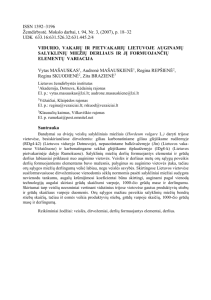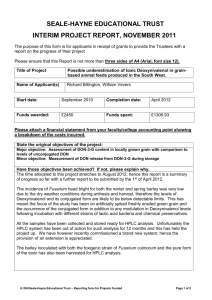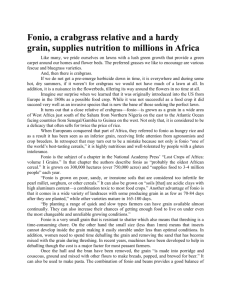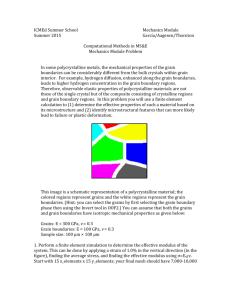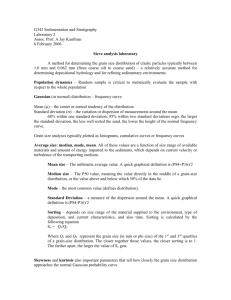Project 2 - IPK Gatersleben
advertisement
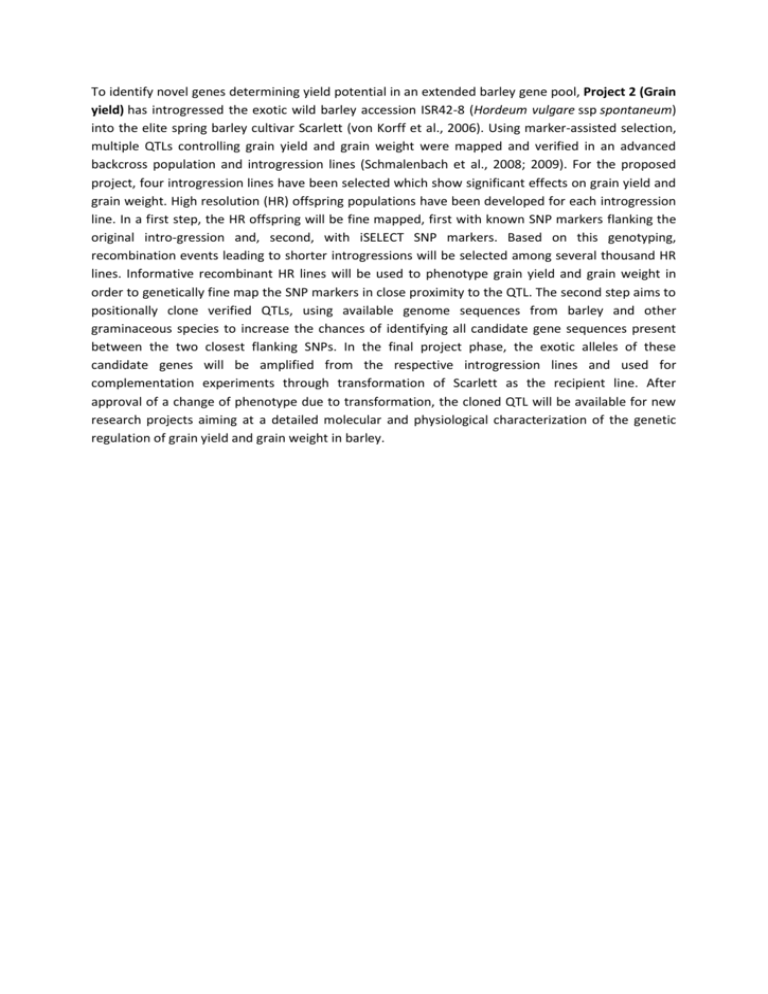
To identify novel genes determining yield potential in an extended barley gene pool, Project 2 (Grain yield) has introgressed the exotic wild barley accession ISR42-8 (Hordeum vulgare ssp spontaneum) into the elite spring barley cultivar Scarlett (von Korff et al., 2006). Using marker-assisted selection, multiple QTLs controlling grain yield and grain weight were mapped and verified in an advanced backcross population and introgression lines (Schmalenbach et al., 2008; 2009). For the proposed project, four introgression lines have been selected which show significant effects on grain yield and grain weight. High resolution (HR) offspring populations have been developed for each introgression line. In a first step, the HR offspring will be fine mapped, first with known SNP markers flanking the original intro-gression and, second, with iSELECT SNP markers. Based on this genotyping, recombination events leading to shorter introgressions will be selected among several thousand HR lines. Informative recombinant HR lines will be used to phenotype grain yield and grain weight in order to genetically fine map the SNP markers in close proximity to the QTL. The second step aims to positionally clone verified QTLs, using available genome sequences from barley and other graminaceous species to increase the chances of identifying all candidate gene sequences present between the two closest flanking SNPs. In the final project phase, the exotic alleles of these candidate genes will be amplified from the respective introgression lines and used for complementation experiments through transformation of Scarlett as the recipient line. After approval of a change of phenotype due to transformation, the cloned QTL will be available for new research projects aiming at a detailed molecular and physiological characterization of the genetic regulation of grain yield and grain weight in barley.
